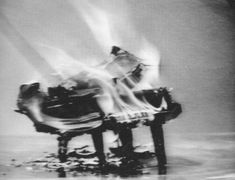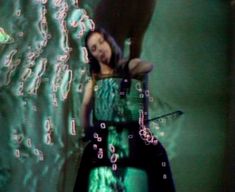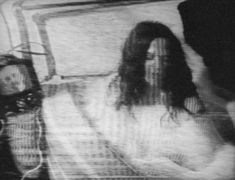Nam June Paik
Nam June Paik was born in Seoul, South Korea, in 1932. With the outbreak of the Korean War, his family fled what then was South Korea for Tokyo in 1950, where Paik studied Western aesthetics, music and art studies from 1952 to 1956. He wrote his thesis on the work of Austrian composer Arnold Schoenberg. In 1956 Paik moved to Germany, where he continued his studies in musicology at the University of Munich and trained in composition with Wolfgang Fortner at the Hochschule für Musik Freiburg. From 1958 to 1963 he experimented with electronic music together with Karlheinz Stockhausen in Cologne.
Among his numerous solo exhibitions and participation in major and group exhibitions, he took part in documenta 6 in 1977 and documenta 8 in Kassel, Germany, in 1987. The artist has received numerous awards, including the Will Grohmann Prize in 1981, the Kurt Schwitters Prize, Hanover, in 1989, the Kaiserring of the city of Goslar in 1991, the Picasso Medal of UNESCO in 1992, the Golden Lion for the best national pavilion at the Biennale di Venezia in 1993, the Ho Am Prize in 1995, the Kyoto Prize in 1998 and the Wilhelm Lehmbruck Prize of the city of Duisburg in 2001. Since 2002, the Nam June Paik Award for Media Art, named after him, has been awarded. Nam June Paik died in 2006 in Miami, USA.
Trained as a musicologist and composer, Nam June Paik became a pioneer of media and video art. He became known for his critical examination of the medium of television. In the 1960s, he became an active member of the Fluxus movement and switched to visual art. He organized Fluxus concerts and performances in Germany, the Netherlands, Denmark and France. Together with the Japanese engineer Shuya Abe, Paik developed an analog video synthesizer with which television and video images could be technically altered. By deliberately manipulating the technology, he created a new visual aesthetic. With his 1973 video "Global Groove," he became a pioneer in the aesthetics of the newly emerging genre of music videos. One of his most important collaborators since the late 1960s and early 1970s was the American cellist Charlotte Moorman.
read more read lessBooks of artists
Nam June Paik. Electric warrior. Ed. ZKM, Karlsruhe. Text by Blöß, Willi. Aachen: Willi Blöß Verlag, 2006.



